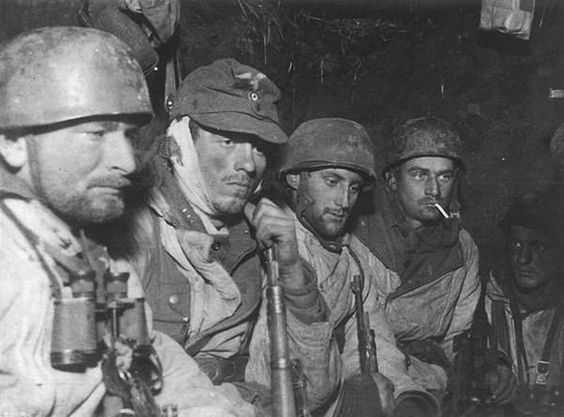The title “paratroopers” remains a prestigious one, representing those soldiers brave and skilled enough to take part in airborne landings against enemy positions. Changes in warfare, including the rise to prominence of helicopters, meant that massed parachute landings were only common during the Second World War. But paratrooper landings have played a key part in 20th-century history.
The Invasion of Crete
Early on the 20th of May, 1941, German launched the first great paratrooper invasion. Supported by 500 bombers and fighters, 500 transport planes and 72 gliders soared over the Greek island of Crete, and the skies filled with parachutes.
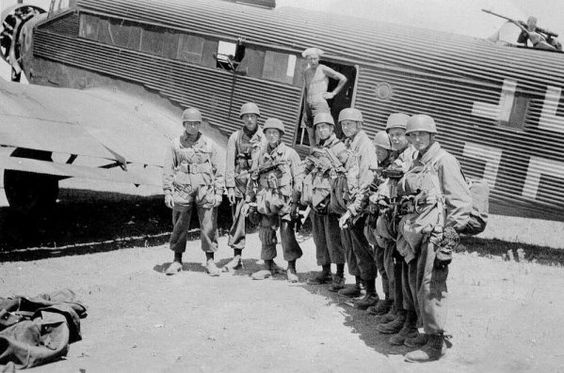
These landings, intended to capture the island from British and Commonwealth forces, initially met with mixed success. Landing around the Máleme airfield, they took Tavronitis Bridge and later the airfield. But many paratroopers landed among enemy troops and as a result suffered heavy casualties. Entire units were scattered or wiped out. Heavy mortars were lost after being dropped over a reservoir. Divisional commanders were killed in a glider crash.
On the 22nd of May, fresh German troops arrived, including their commander, Major-General Ringer. He divided the troops into three battle groups which launched a three-pronged attack at dawn on the 23rd.
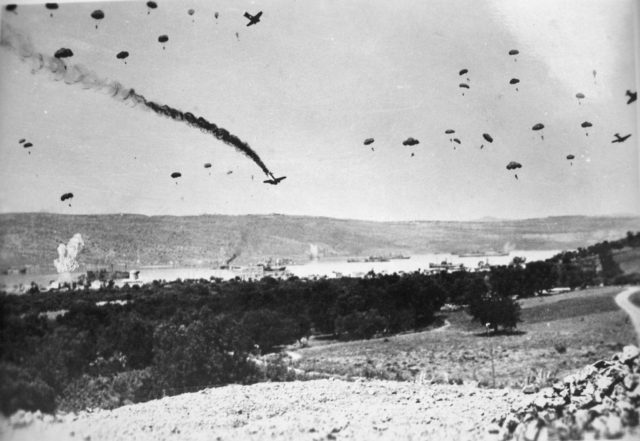
Despite fierce fighting against the Cretan resistance in the north and the New Zealanders in the east, the Germans drove the Allies back. On the 27th of May, the Allied commander gave in to the inevitable and ordered an evacuation.
The Germans had succeeded, but at a cost unacceptable to Hitler, who forbade further paratrooper invasions.
D-Day
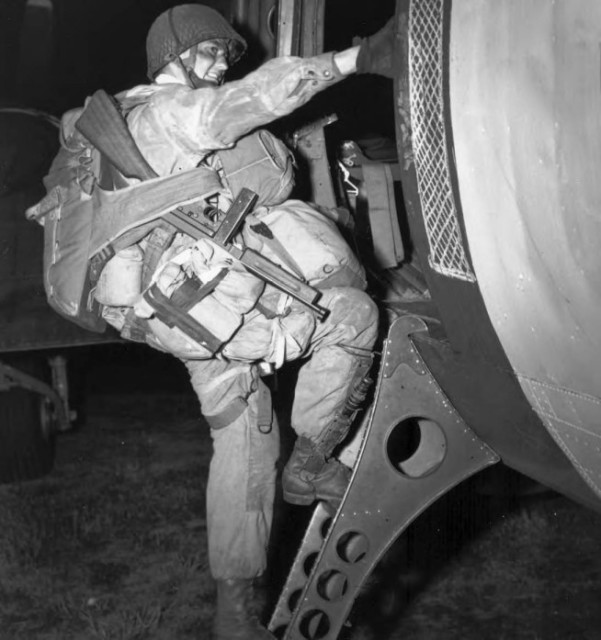
At approximately 0200, 6 June 1944, men of two U. S. airborne divisions, as well as elements of a British airborne division, were dropped in vital areas to the rear of German coastal defenses guarding the Normandy beaches from Cherbourg to Caen. By dawn 1,136 heavy bombers of the RAF Bomber Command had dropped 5,853 tons of bombs on selected coastal batteries lining the Bay of the Seine between Cherbourg and Le Havre.
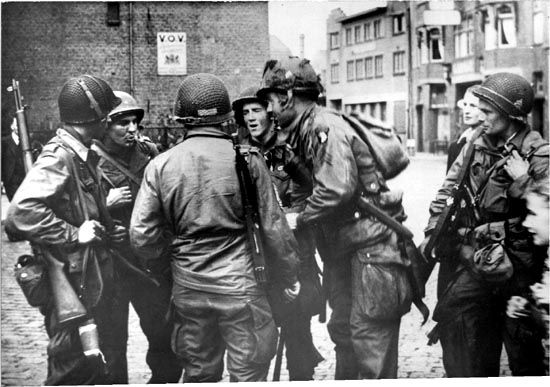
Perhaps the most famous use of paratroopers in history was their part in the D-Day landings of the 5th of June, 1944. 1,100 planes lifted off from 20 airfields to carry the paratroopers. Two large groups were used – the British 6th Airborne Division, who were to seize bridges east of Caen, and the American 82nd and 101st Airborne, who were to take the base of the Cotentin peninsula and prevent counter-attacks by German troops from Cherbourg.
The British landings were a great success. Though dropped too far east, the initial troops surprised the enemy and secured landing zones for gliders carrying more men and artillery. They captured all the bridges except the key one at Troarn, which a team under Major Rosveare blew up in a swift and daring raid. They also destroyed a coastal battery overlooking the Sword landing beach.
Cloud cover and heavy flak caused the Americans to be scattered over hundreds of miles of French countryside, with much equipment lost or damaged, and they struggled to regroup. Despite this, they captured the town of St Mère Église. Most of their efforts went into surviving behind enemy lines – not their strategic objective, but enough to keep the German 91st Division busy and prevent them from countering the beach landings.
Operation Market Garden
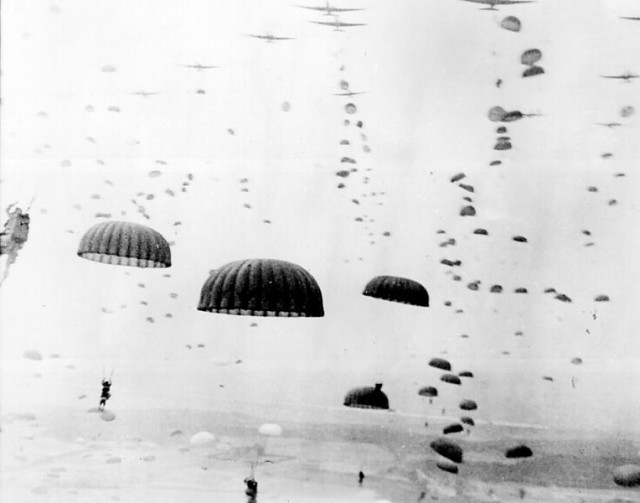
Three months later, the British launched one of the other famous parachute landings of World War Two – Operation Market.
Designed to create a great advance against the Germans and stop their rocket attacks on Britain, Market Garden had two prongs. British and Polish paratroopers would land at Arnhem, a town well behind German lines, and seize the bridge there. Meanwhile, a land attack would pierce the Axis lines, capturing four other bridges along the road and joining up with the paratroopers.
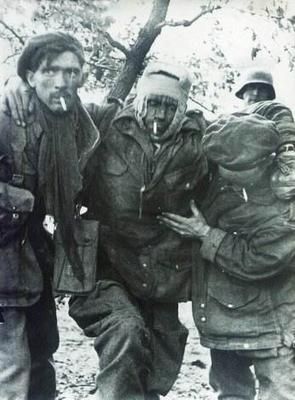
Arnhem famously proved to be a bridge too far. The landings, spread out over several days, went badly. Partly due to fear of anti-aircraft fire and partly due to German resistance, troops became scattered and were attacked long before reaching their targets. The north end of the bridge was taken, but the troops there became trapped. Even when the ground assault arrived, it could not cross the river to link up with them.
The paratroopers withdrew under cover of darkness, leaving behind 1,200 dead and 6,642 injured, captured or missing.
Operation Dragon Rouge
Though paratrooper landings became less significant after the Second World War, they still proved important for fulfilling specific strategic aims. One of these was the hostage rescue operation titled Dragon Rouge.
In 1964, communist-backed rebels in the Democratic Republic of the Congo were being pushed back by Western-backed government forces. In desperation, they began taking hostages among the white population. 60 were taken under guard to the Victoria Hotel in Stanleyville (modern Kisangani). The Belgian and American governments decided to intervene.
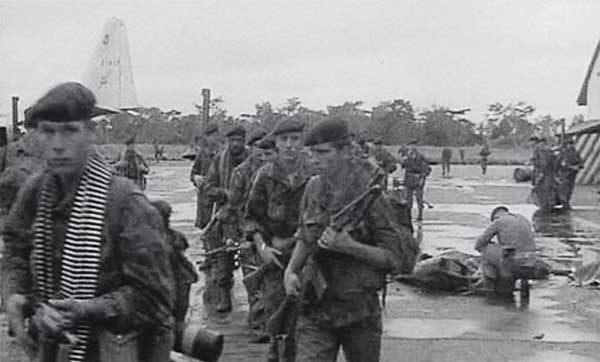
On the 24th of November, 350 Belgian paratroopers were dropped from American planes over Stanleyville. They secured the airfield and cleared the runway before moving on the Victoria Hotel. Some hostages died, but most were rescued and evacuated.
Over the next two days, the Belgian forces evacuated 2,200 American, European and Congolese civilians through the captured airport.
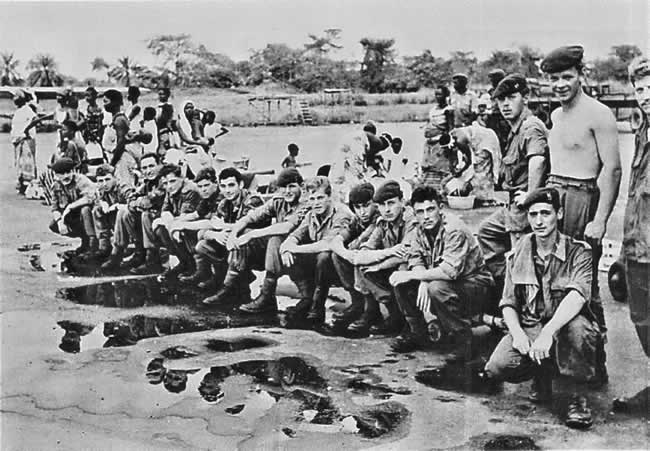
Dragon Rouge was a controversial operation. Tactically, it was a great success and was a sign of western military reach. Politically, the intervention of European and American forces damaged the prestige of the DRC’s government and gave the Eastern Bloc countries an excuse to criticize Belgium at the United Nations, accusing it of imperialism.
The Falklands War
By the time of the Falklands War of 1982, the way paratroopers worked had changed. Helicopters had taken the place of parachutes as a way of getting boots onto the ground. But the troopers themselves remained specialists in airborne landings, an important part of the British campaign to retake the Falklands following an Argentine invasion.
Paratroopers played a large part in the main landings that led to the successful recapture of the islands, but they also undertook a number of specialist missions. A Special Air Service (SAS) team took out the Argentine airbase on Pebble Island, destroying 11 aircraft in exchange for only two men lightly wounded. Covert landings in mainland South America resulted in a mixture of failure and canceled operations, but the paratroopers demonstrated the flexibility they provided to commanders – the ability to strike suddenly and to swiftly withdraw.
Parachute landings might be few and far between, but paratroopers still play an important role in war.
